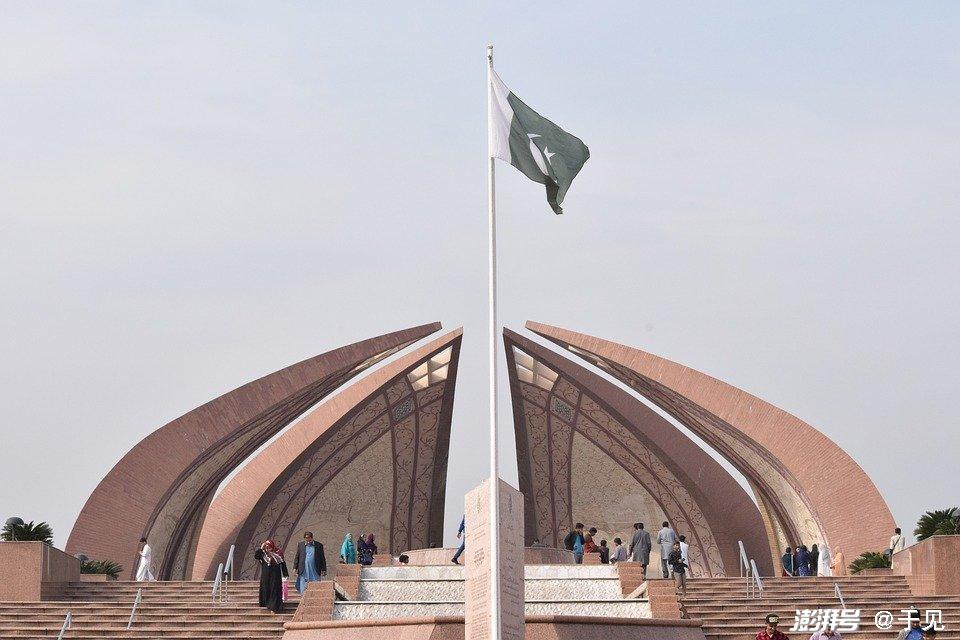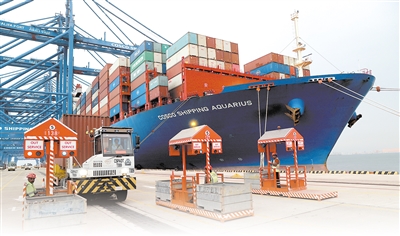Storytelling And Disseminating National Image Of Documentaries On The Theme Of "Belt And Road"
Storytelling And Disseminating National Image Of Documentaries On The Theme Of "Belt And Road"
The documentary "My Youth on the Silk Road" poster documentary is an audio-visual text that has both authenticity and artistic nature. In an era dominated by visual culture, it is a very effective carrier for disseminating and shaping the national image.
Documentary "My Youth on the Silk Road" poster
As an audio-visual text with both authenticity and artistic nature, documentaries are quite effective carriers for disseminating and shaping the national image in an era dominated by visual culture. Since my country proposed the strategic concept of building the "New Silk Road Economic Belt" in 2013, the National Development and Reform Commission, the Ministry of Foreign Affairs, and the Ministry of Commerce jointly issued the "Vision and Action to Promote the Joint Construction of the Silk Road Economic Belt and the 21st Century Maritime Silk Road". With the support of relevant policies, a number of documentaries on the theme of "Belt and Road" have begun to emerge, including "The Silk Road, A Journey Against the New" (2013), "The Silk Road Crossing the Maritime Silk Road" (2016), "The Belt and Road" (2016), "The Wise Man on the Belt and Road" (2019), etc., as well as "Looking at the New Silk Road" (2015), "The Maritime Silk Road" (2016), "The Strange Domain: Exploring the New Silk Road" (2016) produced by private film and television companies, and "My Youth on the Silk Road" (2018) produced by Internet and Taiwan. They have innovated and expanded the previous Silk Road documentaries at different levels in terms of creative form, audio-visual presentation and cultural connotation, and used more international expression strategies to conduct storytelling and disseminate national image, and showed the people of the world many efforts and practices made in promoting the harmonious development of a community with a shared future to the world under the premise of peaceful development as the basic strategic idea.
Demonstrate the grand theme with the fate of the characters
Because of the grand theme of the "Belt and Road" documentaries, there is a problem of narrow audience scope. How to attract more diverse and wider audiences and expand its influence has become the most important issue in the dissemination of documentaries on the theme of "Belt and Road". As a video platform known for its "youngering" in the mainstream video app in China, Mango TV uses its own exploration and accumulation of "youth idols" to integrate the "youth culture" they have always been good at into the "Belt and Road" documentary "My Youth on the Silk Road", which uses three seasons and 30 episodes to tell the stories of 30 Chinese youths dedicating their youth in countries along the Silk Road, such as Zhang Guangrui, a Chinese volunteer who risked his life to fight against Zimbabwe poachers; Li Peilong, a Chongqing native who helped build and restore the Afghan Comprehensive University, and other real and cute young people with vivid personalities. It breaks the presentation form of "preaching narrative" in public cognition of this type of documentary, leads a new youth trend with its youthful image, and provides an excellent example for documentaries on the theme of "Belt and Road" to break through the intergenerational barriers of audiences. The "Belt and Road" communication project of the "Record China" was established by the Publicity Department of the Central Committee and the State Council Information Office. The "Belt and Road" created by CCTV Science and Education Channel has devoted itself to recording the vivid stories of more than 60 ordinary people at home and abroad and the "Belt and Road". "Looking at: A New Journey to the Silk Road" co-produced by China and Singapore is also a model for expressing the theme of the "Belt and Road" with the destiny of the characters. From famous entrepreneurs to ordinary labor workers and experts and scholars in various fields, it is the subject of its shooting, telling the cooperation in the fields of trade, transportation, investment and the changes in life brought to the people along the route from the perspective of pioneers and enterprising people on the Silk Road Economic Belt. "Crossing the Maritime Silk Road" and "The Silk Road, A Journey Beginning a New Journey" use cross-montage to intersperse the stories of several Silk Road characters, from micro to macro, and comprehensively display the lives of people in the "Silk Road Economic Belt" on the screen.
Scene Reappearance and Thought Montage
Whether it is character play, scene settings, or 3D animation, "scene reappearance" provides a more intuitive way of presenting historical paragraphs of documentaries on the theme of "Belt and Road". The suspenseful plot setting also breaks the viewing barriers of traditional documentaries and attracts a wider audience. 60% of the "Belt and Road" documentary "Hexi Corridor" jointly produced by CCTV and Gansu Provincial Party Committee Propaganda Department uses the "scene reproduction" method. The film crew uses cinematic techniques to film scenes across 10 film and television bases and reproduce 230 historical scenes. Because 3D animation is not limited by time, space, location, conditions, and objects, it can vividly and vividly express the historical scenes involved in the documentary. In the "Belt and Road" documentaries such as "Maritime Silk Road", 3D animation technology is used to reproduce some important historical scenes.
Thought montage was created by Soviet documentary master Jiga Vertov, which means using the reorganization of image documentary materials to express a specific idea or idea. The large-scale public welfare documentary "Marine Silk Road" launched by the China Social Culture Foundation uses cultural awareness and uses ideological montage to intersperse image documents in the introduction to the history of cities along the "Belt and Road" to comprehensively show the historical connotation of the "Marine Silk Road" and its significant practical significance in contemporary times. "Crossing the Maritime Silk Road", jointly produced by Central New Film Group, China International Television Corporation and Guangzhou Municipal Party Committee Propaganda Department, tells the stories of modern people on the Silk Road, and also intersperses with video historical documents, transcending time and space in a graphic historical tiling method, depicting the humanistic picture of the Maritime Silk Road. The commentary that runs through ancient and modern times is more vital and persuasive because of the coordination of images, and also enhances the film's heavy sense of history.
Authoritative interpretation of international perspective
Documentaries on the theme of "Belt and Road" focus on interpreting from an international and authoritative perspective. The documentary "Belt and Road" spans four continents of Asia, Africa, Europe and the United States. More than 50 people from all walks of life with international influence have been selected to actively evaluate China's "Belt and Road" initiative from different perspectives such as history, politics, economy, society, and culture, and build an international consensus that the "Belt and Road" plays a significant role in realizing a community of human interests, a community of responsibility and a community of shared future.
The documentary "The Wise Man on the Belt and Road" directed by the Publicity Department of the Central Committee, produced by Xinhua News Agency and produced by China Xinhua News Network (CNC) is intended to present a gift to the Second Belt and Road International Cooperation Summit Forum. The film crew filmed 86 scholars from 31 countries and selected 14 of them to specifically tell the stories and achievements of their engaging in the "Belt and Road" research. Through vivid images of wise men, they reflected the integration and collision of Eastern and Western civilizations under a community with a shared future for mankind. At the same time, they also obtained a profound interpretation of the "Belt and Road" from the concerted actions and common cognition of scholars from think tanks from various countries. "Crossing the Maritime Silk Road" takes the stories of 32 characters from countries along the Maritime Silk Road as clues, telling the formation and changes of the historical and cultural spirit of the countries along the route since the birth of the Silk Road since the Han and Tang Dynasties. This film is filmed in pure documentary techniques, and while presenting the stories of characters along the Silk Road, it also has a strong sense of history. There are also authoritative considerations for the choice of figures in countries along the route. Among them are the chairman of the Malaysian Han Cultural Center, writers who focus on the literary writing of the "Belt and Road", and Italian navigators who have sailed on the Maritime Silk Road.
Whether it is the "Belt and Road" documentary produced by mainstream central media, local TV stations, private film and television companies, or jointly produced by China and foreign countries, they are gradually taking the principle of "theme storyization, story characterization, and character destiny" as the joint creation principle. Compared with boring political ideas and economic policies, story-based information is not only more likely to arouse the audience's interest, but also conducive to the dissemination of Chinese culture and the shaping of Chinese image.





